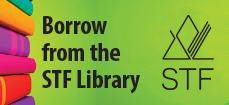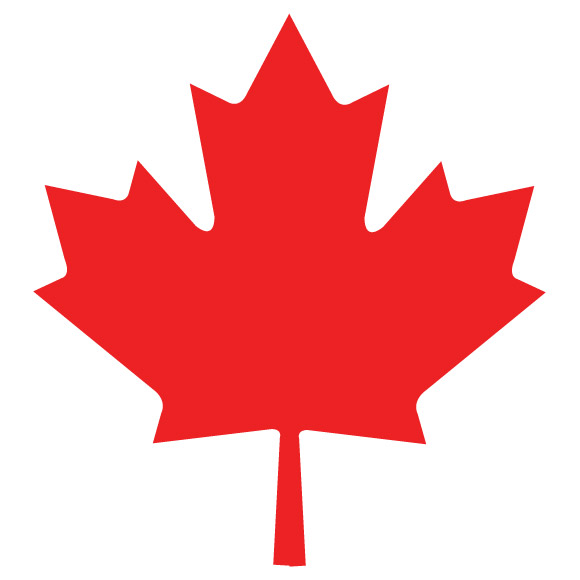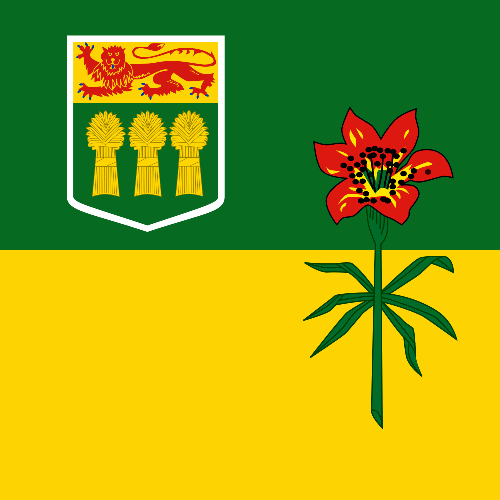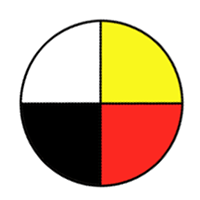Investigate properties (e.g., colour, taste, smell, shape, and texture) of familiar liquids and solids.
SI
| (a) |
Pose questions that lead to investigation and exploration of the properties of familiar liquids and solids. |
| (b) |
Classify objects in various natural and constructed environments as liquids or solids. |
| (c) |
Identify examples of how liquids, in all three states of matter, are used at home, in the school, and throughout their communites. |
| (d) |
Interpret safety symbols (e.g., WHMIS and consumer chemical hazard symbols) and labels that are used on hazardous product containers for liquids and solids. |
| (e) |
Select and safely use materials and tools (e.g., magnifier, scale, measuring cup, and spatula) to carry out explorations of the observable physical properties of familiar liquids and solids. |
| (f) |
Record and compare observable physical properties (e.g., colour, taste, smell, shape, texture, transparency, and ability to adapt to the shape of container) of familiar liquids and solids. |
| (g) |
Distinguish between properties of familiar liquids and solids. |
| (h) |
Demonstrate that liquids and solids are matter because they have mass and take up space. |
| (i) |
Investigate to determine whether properties of familiar liquids and solids depend on factors such as the amount of substance present. |
| (j) |
Group or sequence liquids and solids according to one or more observable physical properties (e.g., colour, state, texture, smell, transparency, and buoyancy). |
| (k) |
Predict and test changes in characteristics (e.g., shape, colour, and volume) of liquids when they are changed into solids or gases. |
















